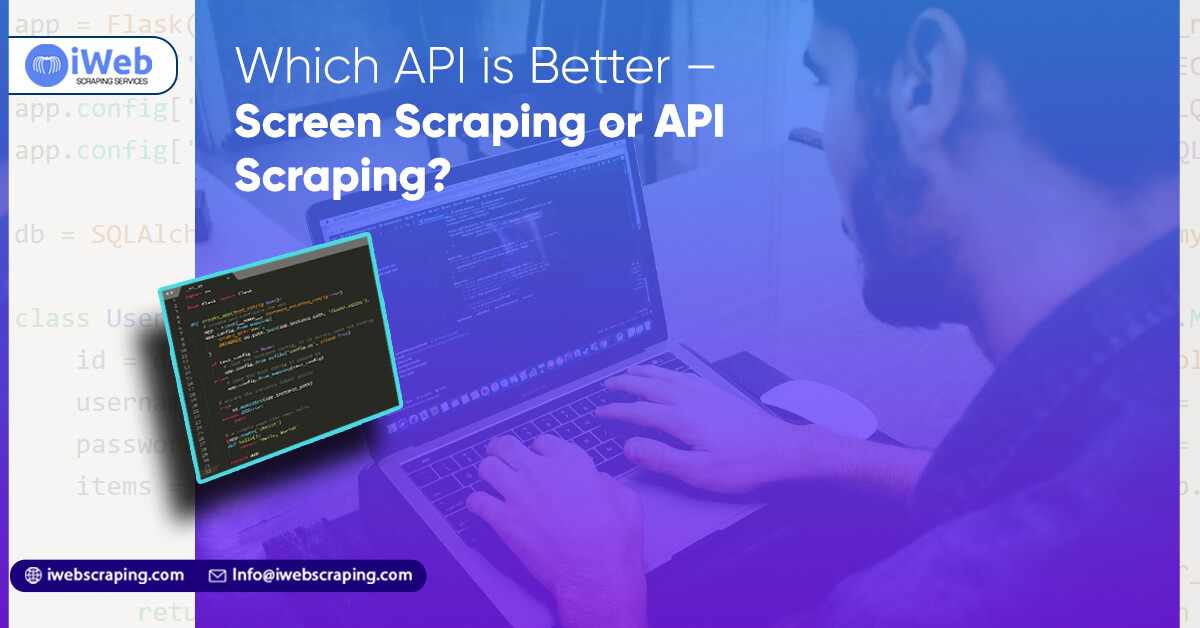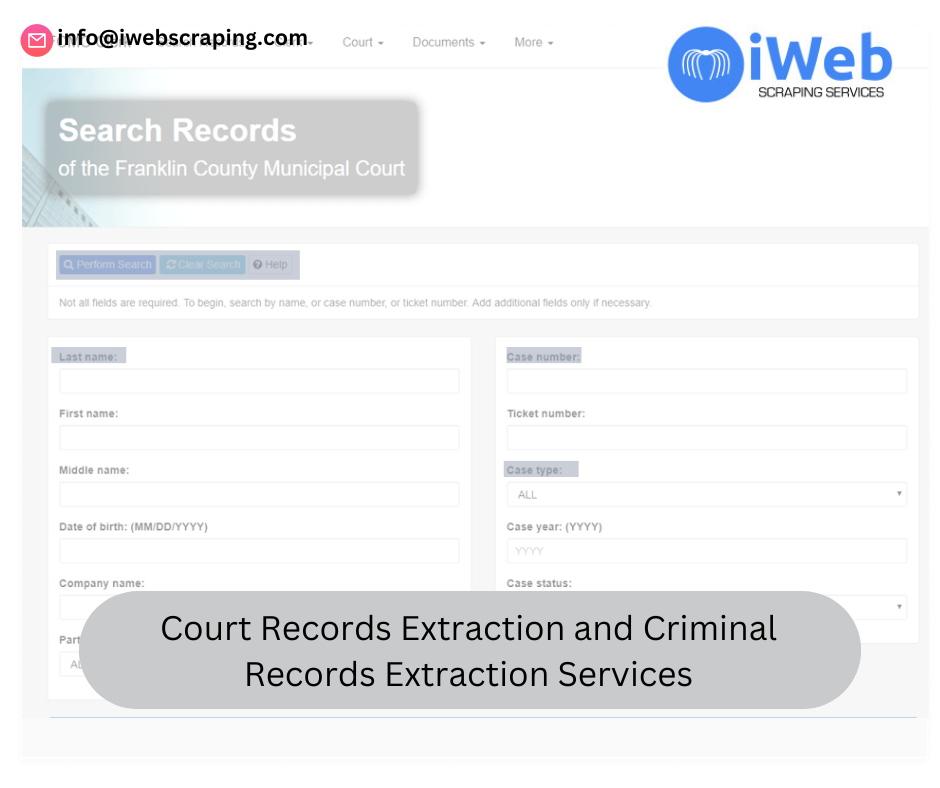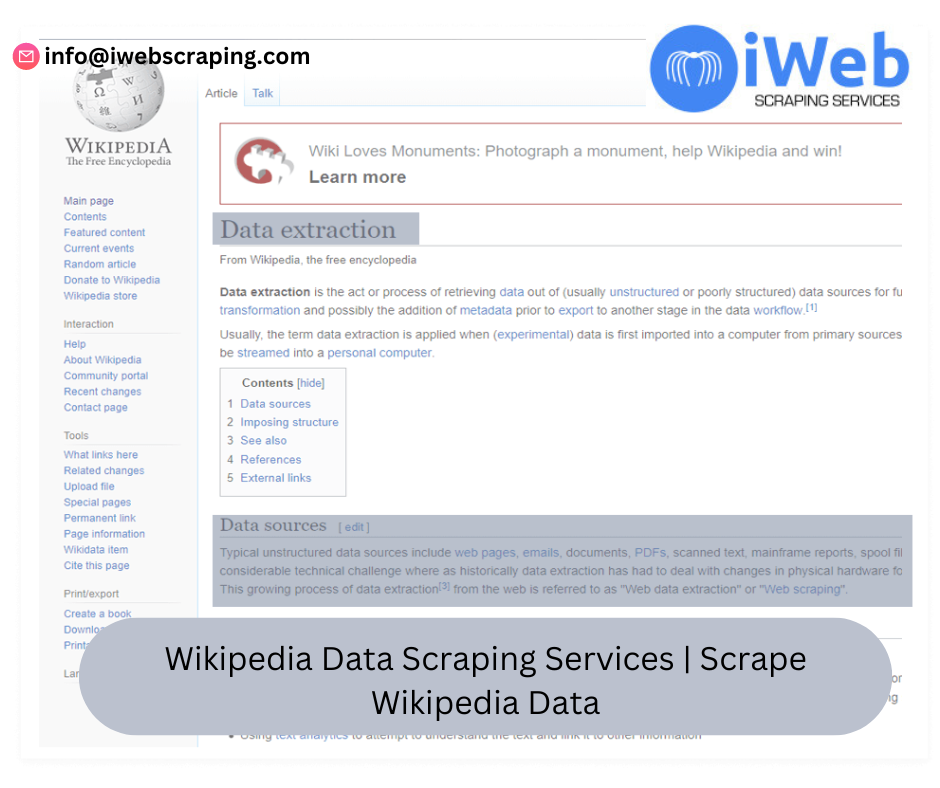
In the realm of data extraction, two prominent methodologies vie for supremacy: screen scraping and API scraping. Each method possesses distinct advantages and drawbacks, catering to diverse needs and preferences. Delving into the nuances of these approaches can illuminate their strengths, aiding in the selection of the most suitable option for specific use cases.
Understanding Screen Scraping
Screen scraping involves extracting data from the visual elements displayed on a webpage. This method simulates human interaction with the interface, mimicking mouse clicks and keyboard inputs to retrieve desired information. Screen scraping is invaluable when dealing with websites lacking structured data or APIs, enabling access to content otherwise inaccessible.
Pros of Screen Scraping:
Versatility: Screen scraping can extract data from virtually any website, irrespective of the presence of APIs or structured formats. It grants access to a broader spectrum of data sources, making it indispensable in scenarios where API endpoints are unavailable.
Real-time Data Retrieval: Unlike APIs, which may have rate limits or delayed updates, screen scraping allows for real-time data extraction. This instantaneous access to information is advantageous for applications requiring up-to-the-minute data.
Cost-effectiveness: Screen scraping eliminates the need for developing or maintaining APIs, thereby reducing associated costs. This makes it an attractive option for projects operating on constrained budgets or when API integration is impractical.
Cons of Screen Scraping:
Brittleness: Screen scraping is inherently fragile, as it relies on parsing HTML structures prone to frequent changes. Even minor alterations to the website's layout or markup can disrupt scraping functionality, necessitating frequent maintenance and updates.
Legal and Ethical Concerns: Scraping data from websites without explicit permission may raise legal and ethical issues, particularly if it violates the site's terms of service or infringes upon intellectual property rights. Screen scraping must be conducted responsibly, adhering to relevant regulations and guidelines.
Exploring API Scraping
API scraping involves interacting with web APIs to retrieve structured data in a standardized format, such as JSON or XML. This method leverages endpoints provided by online platforms, facilitating seamless data extraction and integration into applications. API scraping offers reliability and efficiency, ideal for scenarios where consistent and structured data access is paramount.
Pros of API Scraping:
Reliability: APIs provide a stable and predictable means of accessing data, offering consistent endpoints and response formats. API scraping minimizes the risk of disruptions caused by website changes, ensuring dependable data retrieval over time.
Efficiency: With APIs, developers can specify precisely the information they require, streamlining the extraction process. By bypassing unnecessary webpage elements, API scraping reduces processing overhead and enhances efficiency, particularly for large-scale data extraction tasks.
Legitimacy: Unlike screen scraping, API scraping operates within the boundaries defined by web services, adhering to their terms of use. By obtaining data through sanctioned channels, API scraping mitigates legal risks and fosters positive relationships with data providers.
Cons of API Scraping:
Dependency on APIs: API scraping is contingent upon the availability and stability of web APIs. Changes to API endpoints or restrictions imposed by service providers can disrupt data extraction workflows, necessitating adjustments and potentially affecting application functionality.
Limitations on Data Access: Some APIs impose restrictions on the volume or frequency of data requests, limiting the scalability of scraping operations. Rate limits and access controls may hinder the extraction of large datasets or real-time updates, constraining the utility of API scraping in certain contexts.
Choosing the Right Approach
The decision between screen scraping and API scraping hinges on the specific requirements and constraints of each project. For scenarios demanding flexibility, real-time data access, and broad website compatibility, screen scraping emerges as the preferred choice. Conversely, applications prioritizing reliability, efficiency, and compliance with data provider policies are better served by API scraping.
In many cases, a hybrid approach that combines elements of both methodologies may offer the best of both worlds. By leveraging APIs for structured data retrieval whenever available and resorting to screen scraping as a fallback mechanism, developers can strike a balance between reliability and versatility.
Ultimately, the key to success lies in understanding the strengths and limitations of each approach and selecting the most appropriate strategy to fulfill the objectives of the project. Whether opting for the agility of screen scraping or the reliability of API scraping, informed decision-making is essential to unlock the full potential of data extraction endeavors.


















.png)
.png)
.jpg)
Write a comment ...